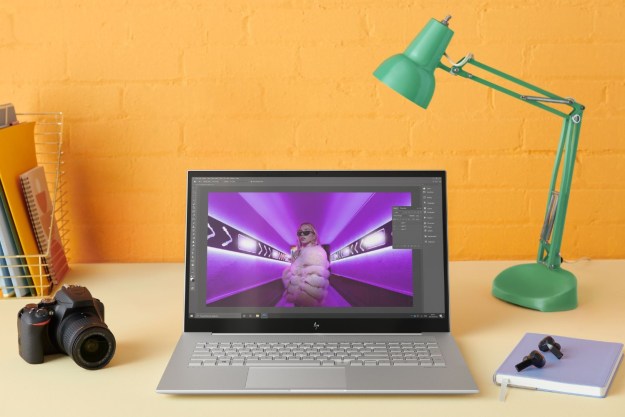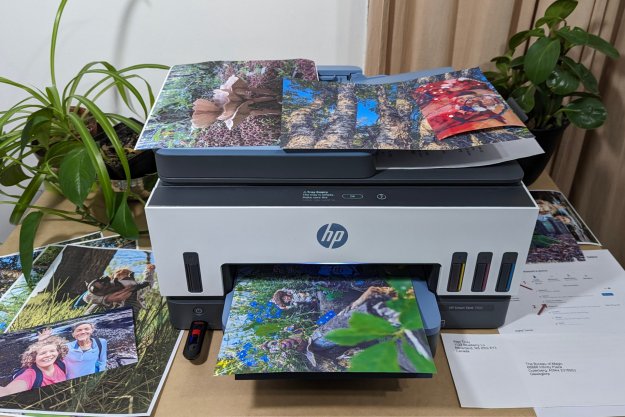
It’s been an interesting year for the cloud. While this technology is becoming more and more mainstream and working its way into enterprise computing, there have been more than a few scares that have left consumers skeptical. The various Amazon hosting crashes have particularly acted as something of a warning sign that we might be ready for the cloud, but it might not be ready for us.
But some experts argue its Amazon’s tactics and not cloud–based storage that’s at fault. Amazon uses an elastic block storage approach, or EBS, for many of its clients, when instead it should be using its Simple Storage Service, or S3. We had the chance to talk to Andres Rodriguez a former CTO of the New York Times and founder and CEO of Nasuni, a cloud storage company. We took the opportunity to have him explain this dichotomy to us:
“S3 is about objects or files–big things being stored. Like what Amazon originally used for pictures in its online catalog; big blocks of data that don’t change very quicky. It’s a storage system you use for scale and high availability. Did you ever see missing photos on Amazon? No–data is always available when you need it.”
Of course in an effort to reach out to companies that need somewhere to host their sites, Amazon created EBS. Sites like Reddit, Quora, and Foursquare are fast-changing, and EBS is a block interface that allows for very fast changing blocks–or tiny pieces of data that comprise a document or file. “EBS takes this fast changing block layer and wraps it around S3 so that anything can run on top of S3–it’s a practical solution,” Rodriguez says. “The downfall is that it spreads the data, but not very far–so you can take these blocks down more easily than if they were just an S3 node.”
Rodriguez says Amazon should simply be using S3 solutions by themselves, the caveat being slower loading data. But you make sacrifices either way: Using S3 your site is safe but slow, whereas EBS is faster but “volatile and glitchy,” and far more prone to crashing a site.
And these crashes are part of what’s given cloud computing such a bad rap lately. This new technology is being interpreted to do more than it can, Rodriguez says. “If you look at big storage companies they are taking the same elements you could buy at Best Buy to build big storage arrays, and no one in their right minds would want to use a harddrive straight out. You buy a storage system: Reliable, better performance. And the cloud is no different and it should not be confused with a storage system–it’s a storage component.”
Basically, it’s not that the cloud isn’t a viable solution–it’s that we’re pushing it beyond what it can do. The cloud is not a storage systems, Rodriguez says, it’s a storage component.
Consumer-based products that use the cloud will help restore some faith in its possibilities. ICloud will bring storage and synching services to Apple users and it’s doing so by putting the cloud inside products you already use, and consumers will get hooked on it before they even realize what’s happening. “I think the arrival date of consumers being comfortable with the cloud is when iCloud launches. It’s free, built-in, and you will use it before you even know you’re using it. It’s taking steps out of the equation,” Rodriguez says.
Editors' Recommendations
- Turns out DirectStorage isn’t killing frame rates in Forspoken after all
- The best cloud storage services
- The best cloud storage options to support your small business


